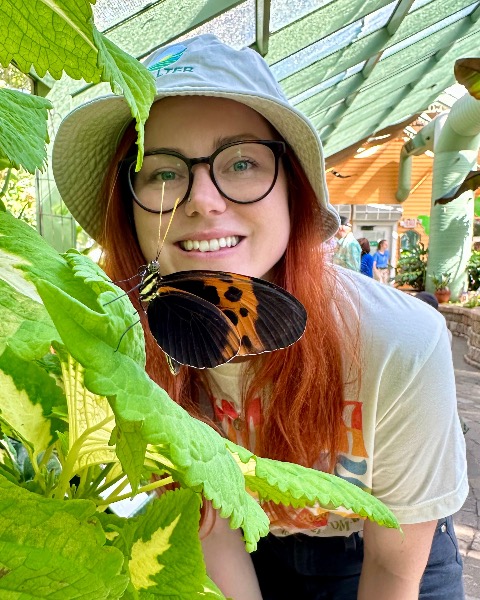Section Symposium
Plant-Insect Ecosystems
Management Impacts on Arthropod-based Ecosystem Services in Agricultural Landscapes
Effects of prairie strips on the functional diversity of carabid communities
Sunday, November 10, 2024
4:25 PM - 4:40 PM MST
Location: Phoenix Convention Center, 126 B, PCC

Cynthia Fiser (she/her/hers)
Graduate Research Assistant
Michigan State University
East Lansing, Michigan
Doug A. Landis
University Distinguished Professor
Michigan State University
Williamsburg, Michigan
Presenting Author(s)
Co-Author(s)
We studied the impact of establishing perennial prairie strips on carabid communities based on cropping treatment. Carabids, as opportunistic predators within croplands, provide important pest suppression services to farmers and may benefit from the habitat provided by prairie strips. We studies the community of carabids within the Kellogg Biological Station Long-term Ecological Research site in southwest Michigan in two cropping treatments from 2019-2022, Reduced Input and Biologically Based. Perennial prairie strips were placed in both treatments in 2019. We identified 44 species of carabids in >25 genera, with a clear distinction between the communities by treatment and seasonality. Species richness and diversity does not increase with the establishment and maturation of prairie strips; however, there is a shift in the functional community of carabids and an increase in overall abundance within prairie strips. Although distance from prairie strips into the adjacent row crop was an important factor for richness and abundance, it varied by species and cropping treatment. A primary finding was the rise of a few key species across both treatments after strip establishment. The numerically-dominant Harpalus pensylvanicus (DeGeer) and Harpalus compar (LeConte) represented >40% of the total catch; this is likely due to reduced weed management in the Biologically Based treatment.

.png)
